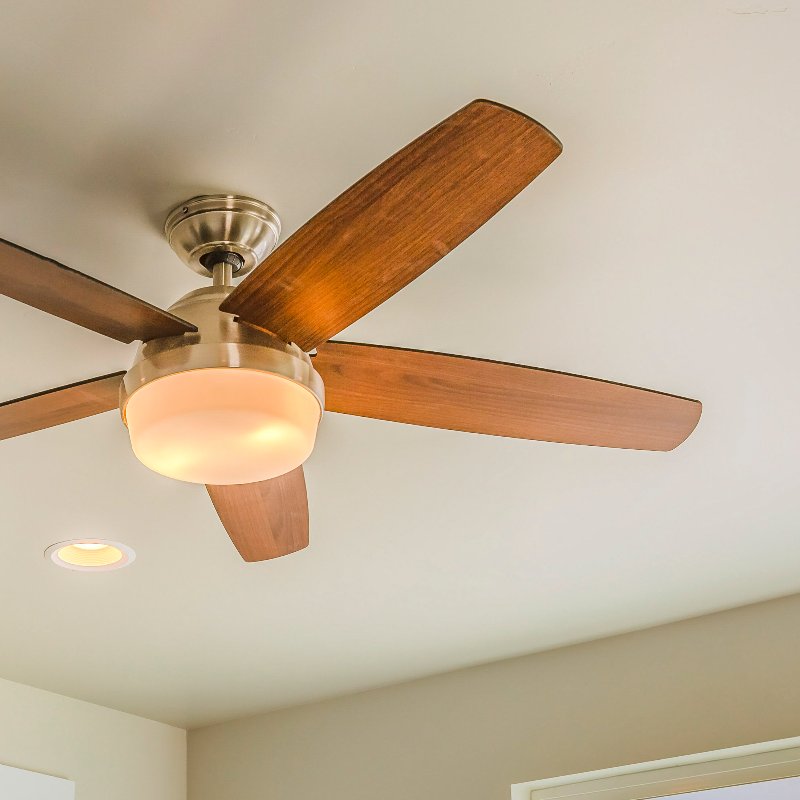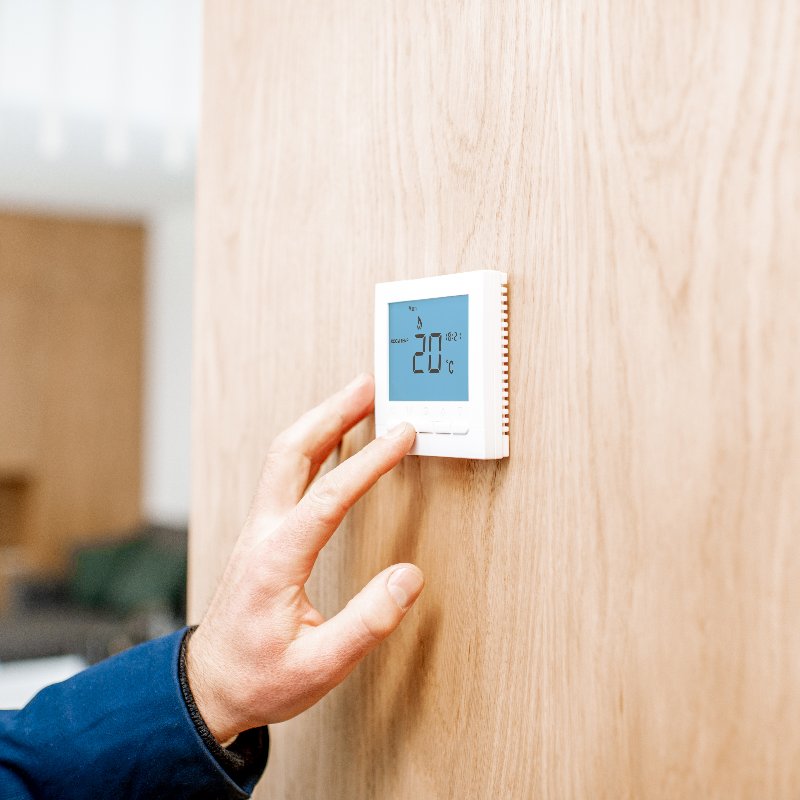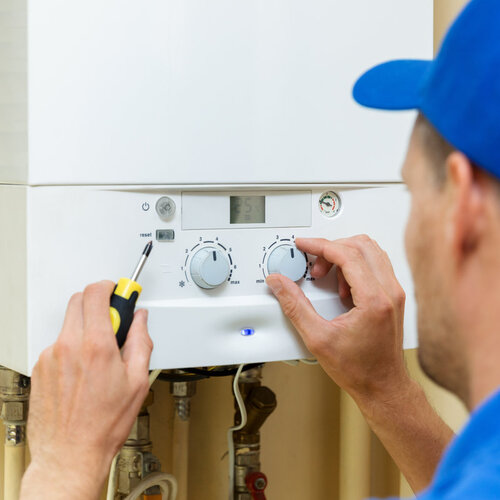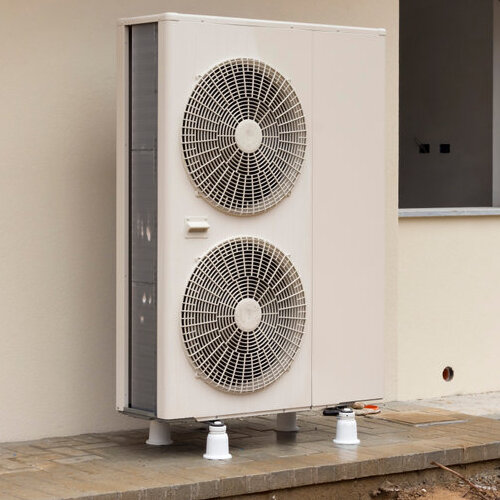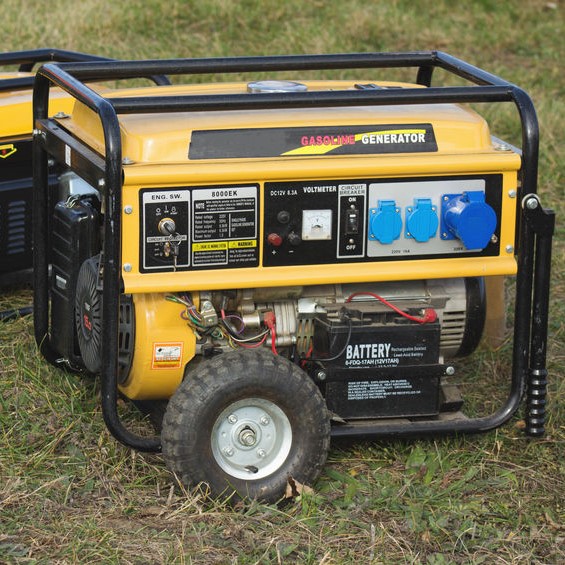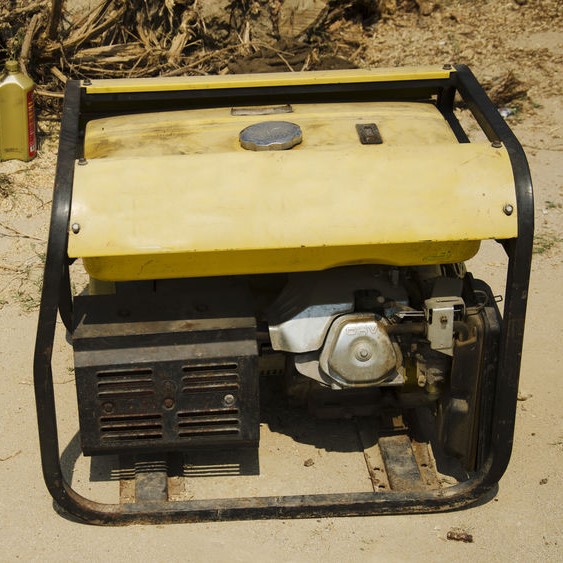
Keeping Your Air Clean
Do you rush to get home and out of the big city traffic and air pollution? There’s a good chance you’re not getting any better air quality at home. Yes, you read that correctly. The air quality in our homes can sometimes be worse than the air in downtown New Orleans! Now you’re probably wondering, “How can I check the air quality in my home?” Right?
Not every home will require the same indoor air quality testing because not every home is subjected to every potential particulate or pollutant. The age and location of your home can give you an idea of what should be concerning. And anyone in the house that is experiencing health issues can give you an idea of air quality testing you need.
Here are four air quality testing suggestions to consider:
- Indoor air quality monitor: Choose between a model that detects toxins with electrochemical sensors or one that estimates PM (particulate matter) based on the particulates. Air quality testing equipment can detect harmful gasses that are odorless, like carbon monoxide and radon, some models detect volatile organic compounds, VOCs, or pollutants such as PM.
- Or you may find a more advanced indoor air quality testing monitor that measures the humidity and temperature. There are air quality testing monitors that detect specific pollutants to centralize your specific concerns.
- Test for Mold: there are various forms of air quality testing for mold including air pumps, swabs, tape strips, and basic Petri dishes. The swabs and tape strip tests are used on counters and tabletops to collect potential contaminants and while you get the results in a matter of minutes, they aren’t specific as to what type of mold. There are tape strips, along with air pumps, and petri dish air quality testing that is collected and then sent in for lab analysis, giving more accurate results.
- Radon Testing: Common in areas with certain rocks and soil, radon gas comes from them and seeps through the foundation and into homes. Short-term radon air quality testing will detect radon levels with immediate but not as accurate results, typically taking 90 days. Or long-term testing over several months that is sent into a lab for interpretation. There is continuous radon monitoring as well.
- Carbon Monoxide: Carbon monoxide, a dangerous poisonous gas that is odorless can cause confusion, dizziness, and headaches, even death. Carbon monoxide air quality testing detectors are standard items like smoke detectors.
What affects indoor air quality?
Because the air quality in your home is likely not to be as healthy and safe as we may think, it is important to be aware of these five Major indoor air pollutants causes that can have an affect the indoor air quality and ways how to improve indoor air quality:
Humidity Level
Homes along the coast cannot avoid humidity, like here in New Orleans. able. By managing the humidity levels though, you can improve the air quality in your home. The indoor humidity is typically caused by water leaks or moisture in the crawlspace, or trapped moisture from outside.
The idyllic relative humidity for indoors is between forty and fifty percent. If the humidity level is more than 50%, buy a dehumidifier. If the humidity level is 30% or less, purchase a humidifier.
Poor Ventilation
Poor ventilation causes polluted air to recirculate, leading to dust and pollen buildup, which leads to health issues like allergies, asthma, or other breathing concerns. Opening windows on nice days can help or have a new ventilation system installed.
Pets
Yes, your fur babies can be a significant problem to the indoor air quality of your home. From dander to shedding fur, and whatever they bring in from rolling in the grass, you can be sure your indoor air quality testing is going to be poor. Keeping the air filter changed every 30 days, or more frequent, can minimize the allergic reactions caused by cats and dogs.
Dust
Dust particles will accumulate when your home isn’t dusted on a regular basis, and that affects the IAQ of your home. Using a microfiber cloth and dust on a routine basis you can minimize these things, along with frequent vacuuming. Place air cleaners around your home that circulates the air and trap any unwanted particles. An annual air duct cleaning is recommended to minimize and rid your home of any buildup in airborne particles.
Volatile Organic Compounds
VOCs can come from new floor materials, paint, and a myriad of household products that will show a poor level with air quality testing. It is inevitable that you’ll have some VOCs in your home, but you can choose products that are labeled as VOC-free to help lessen this problem. Any painting that you can do outside is recommended and keep things like paints and other products outside if possible.
Why is indoor air quality so important?
Because it can affect your overall health and well-being. How does indoor air quality affect our health? The immediate effects of indoor air pollutants include eye, nose, and throat irritation, dizziness, and fatigue. Many people suffer from constant headaches and asthma symptoms are enhanced for asthmatics. There are long-term effects to be concerned with too resulting in chronic illnesses.
What are the symptoms of poor air quality?
In addition to the things that we listed above, other health issues that can result from poor indoor air quality are:
- Shortness of breath.
- Allergies and Hypersensitivity.
- Sinus issues and consistent congestion.
- Coughing and sneezing.
Not everyone in the house will be affected in the same way, some members of the household may be more sensitive, especially if they have any pre-existing health conditions. Different contaminants affect everyone differently, but the more the air quality deteriorates or the longer the exposure to these contaminants, to more serious the problems can get.
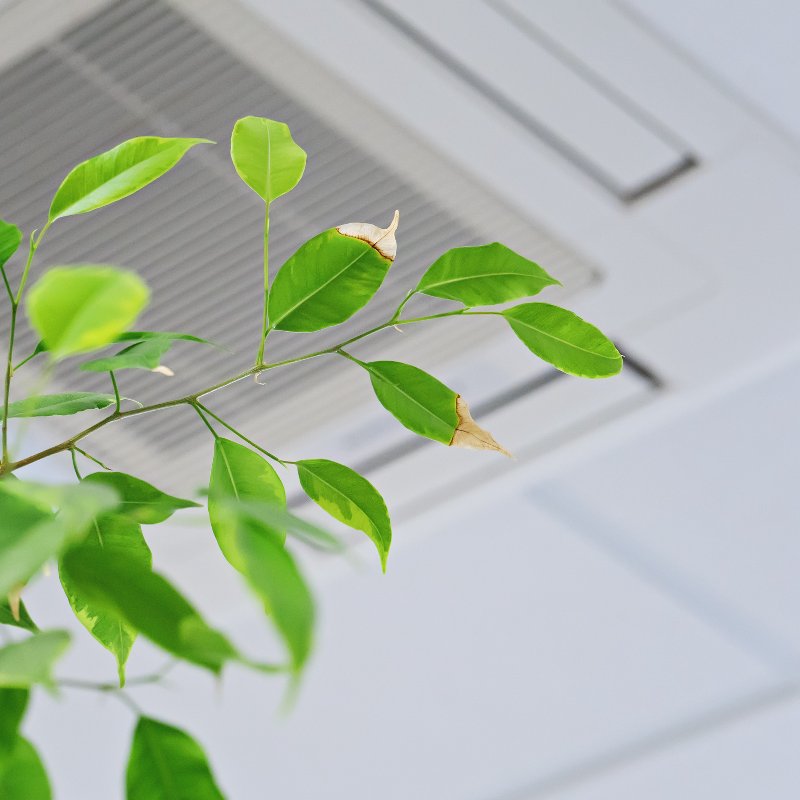
In Closing – Improving the Air Quality at Home
It has long been the belief that we need more plants inside our homes. So, do plants help indoor air quality? Yes and no. Yes, they do make a little bit of improvement, but a home without plants isn’t going to have much lower air quality testing results than a home full of plants. So, does opening windows improve air quality? Yes! This is a natural way of improving air quality – and on hot, sunny days, keep the blinds closed.

